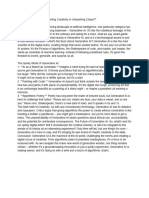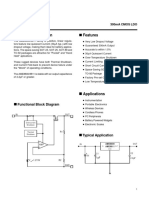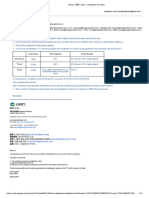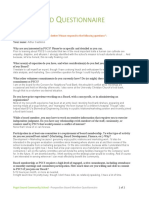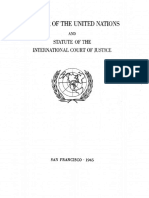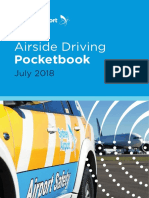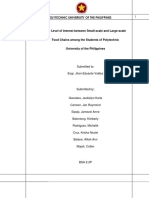0% found this document useful (0 votes)
392 views12 pagesRAG Understanding PDF
The document is a comprehensive guide to Retrieval-Augmented Generation (RAG) architectures, detailing its core components, use cases, and best practices for implementation. It outlines various RAG architectures suitable for different applications, along with practical tips for document processing, embedding selection, and retrieval strategies. Additionally, it addresses common challenges, evaluation metrics, and provides a practical implementation guide for building RAG systems.
Uploaded by
elmansouri.ayaCopyright
© © All Rights Reserved
We take content rights seriously. If you suspect this is your content, claim it here.
Available Formats
Download as PDF, TXT or read online on Scribd
0% found this document useful (0 votes)
392 views12 pagesRAG Understanding PDF
The document is a comprehensive guide to Retrieval-Augmented Generation (RAG) architectures, detailing its core components, use cases, and best practices for implementation. It outlines various RAG architectures suitable for different applications, along with practical tips for document processing, embedding selection, and retrieval strategies. Additionally, it addresses common challenges, evaluation metrics, and provides a practical implementation guide for building RAG systems.
Uploaded by
elmansouri.ayaCopyright
© © All Rights Reserved
We take content rights seriously. If you suspect this is your content, claim it here.
Available Formats
Download as PDF, TXT or read online on Scribd
/ 12










































